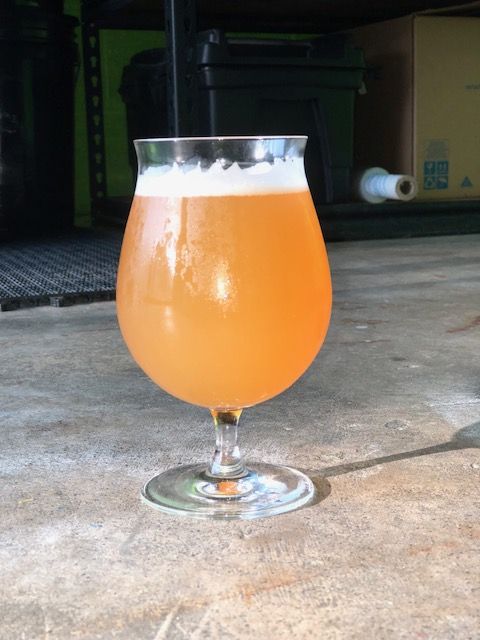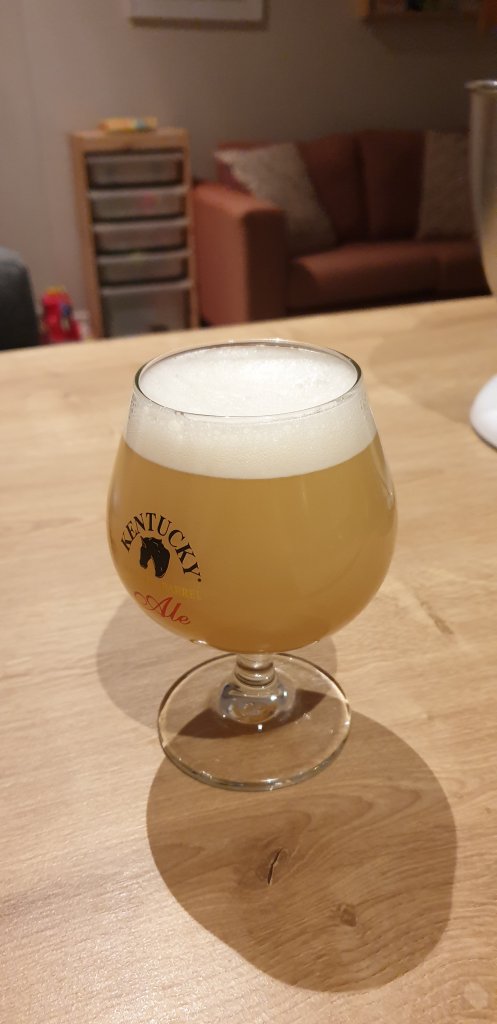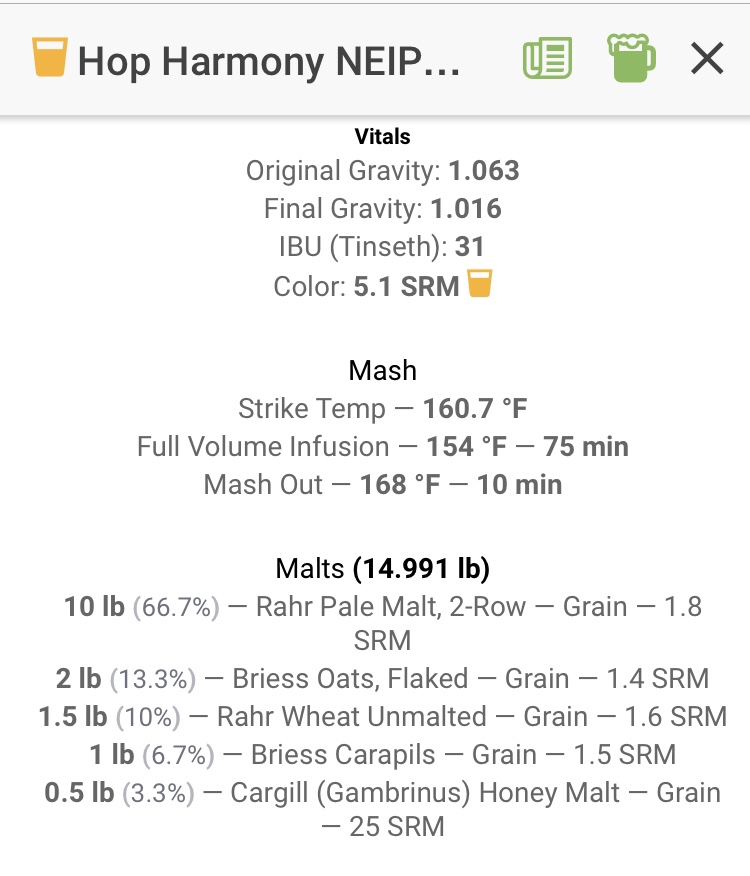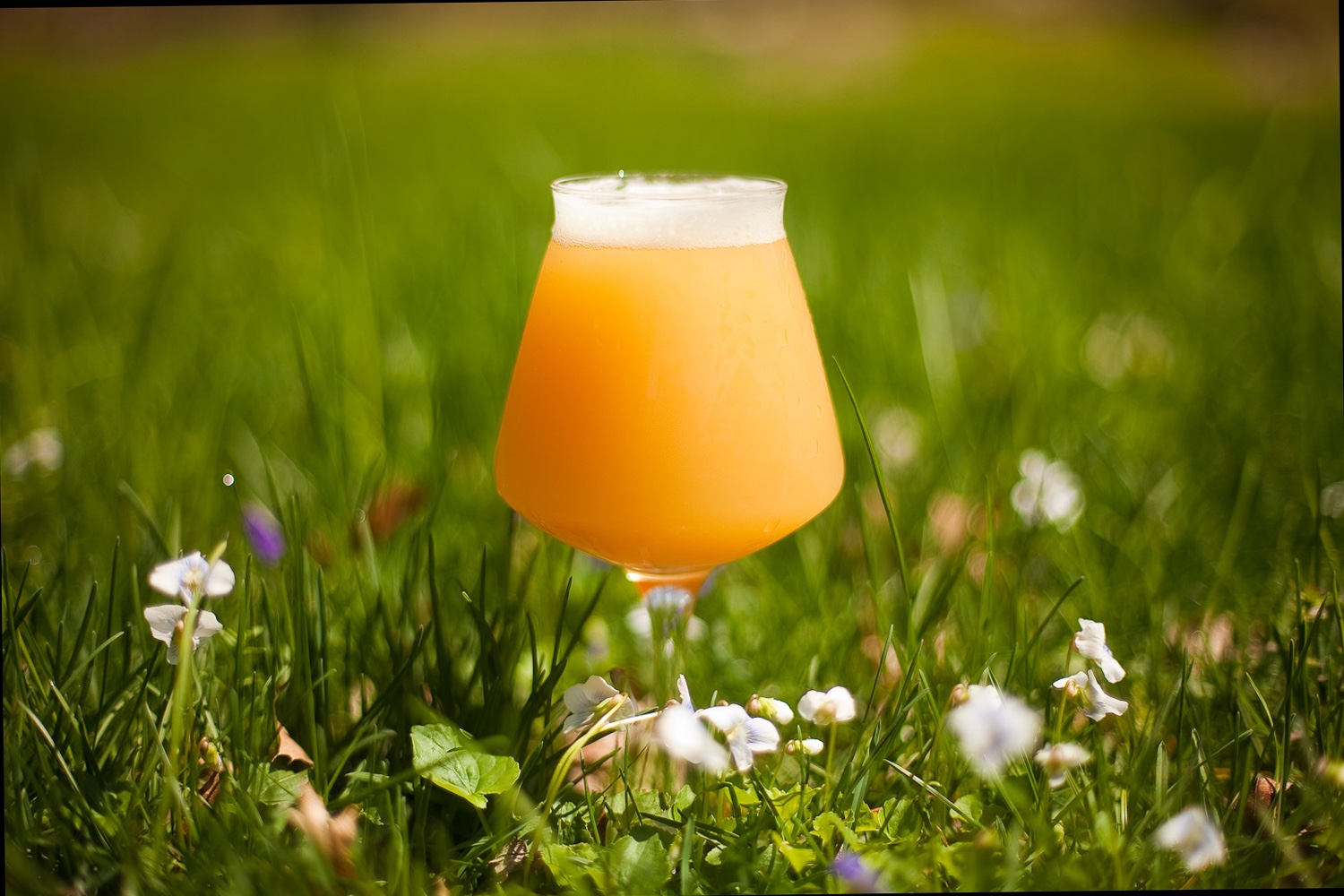ttuato
Well-Known Member
My comment based on this:
http://scottjanish.com/dextrins-and-mouthfeel/
“Weyermann Carafoam (Carapils outside the US) is different than Briess Carapils and is akin to chit malt, high in protein and under-modified.”
“Briess Carapils is a true glassy caramel/crystal malt, albeit one that isn’t roasted enough to develop the color or flavor associated with darker caramel malts”
http://scottjanish.com/dextrins-and-mouthfeel/
“Weyermann Carafoam (Carapils outside the US) is different than Briess Carapils and is akin to chit malt, high in protein and under-modified.”
“Briess Carapils is a true glassy caramel/crystal malt, albeit one that isn’t roasted enough to develop the color or flavor associated with darker caramel malts”

















![Craft A Brew - Safale BE-256 Yeast - Fermentis - Belgian Ale Dry Yeast - For Belgian & Strong Ales - Ingredients for Home Brewing - Beer Making Supplies - [3 Pack]](https://m.media-amazon.com/images/I/51bcKEwQmWL._SL500_.jpg)











































